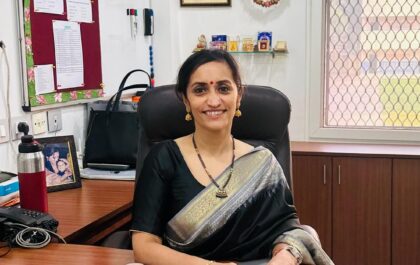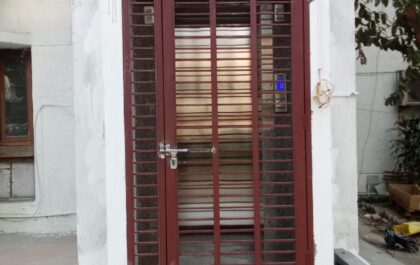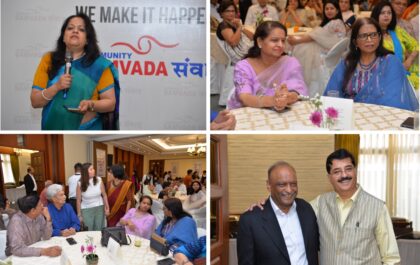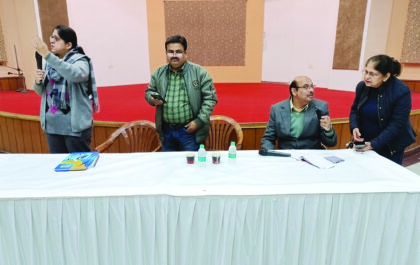19% of the Elderly are Divorced, Separated, Deserted, or Live Alone
The Longitudinal Ageing Study of India (LASI) 2021 report, a full-scale national survey and a seminal study on the status and determinants of the ageing population in India by the Ministry of Health & Family Welfare, highlights that 75% of the elderly have one or more chronic diseases. 24% of the elderly have at least one Activities of Daily Living (ADL) limitation, and 48% reported at least one Instrumental Activities of Daily Living (IADL) limitation. One in three reported having depressive symptoms, and 32% reported low life satisfaction. In terms of social protection, only 18% reported being covered by any health insurance, 28% are aware of any concession for senior citizens, and 24% reported problems in providing documents to avail services. The report highlights that 70% of the elderly population is dependent for everyday maintenance, and 78% is living without any pension cover.
19% of the elderly are divorced, separated, deserted, or live alone. Globalization and migration of the younger working population are leading to an increase in the number of elderly population living alone, particularly in urban areas. Moreover, there are more elderly women than men who live alone. The pandemic exposed the vulnerability of seniors living alone & requiring housing support. Moreover, the traditional housing system is unable to cater to the specific needs of seniors, such as fall-resistant flooring, no sharp edges, and required medical facilities closer to the living place. 5% of the elderly reported to have suffered abuse & about 2/5th of them were ill-treated by their sons, daughters, and sons-in-law, daughter-in-law. The elderly population is more likely to suffer abuse and ill-treatment because of a decline in their financial status and functional capabilities.
What should be the way forward for both society and Government:
Senior Citizens associations have created a good supporting system for active members but during the course of their own interests they are creating another problem for society as it’s drifting its members away from inclusiveness and bonding between young and elderly. They have created a clear divide in the society resulting disconnections in the immediate neighbourhood apart from no support system to non-active seniors.
In Neighbourhood clubs this problem has never cropped up. Infact it’s a good platform for mix-up of experienced seniors and modern tech savvy young. Jointly they are actually assets to the country and society. Mutually this can open up new opportunities inworld of nuclear families. Many startups are trying to setup a system by providing first-aid training including CPR etc. to younger population of a society and create a volunteers group for elderly in case of emergencies with backup support from professionals. RWAs can be part of these emergency services. The inclusiveness shall be the main focus of everyone.
Popular Stories
Remarkable Mona Tuli Buddhiraja – Jewel Of Green Park
The Mystry Of Missing Porta Cabin
Lift in SDF 3C is Now Fully Operational!
Samvada Annual Editors Meet: A Resounding Success
Dog Owners Need To Be Educated
Municipal Corporation Of Delhi Makes Geo-Tagging Of Properties Mandatory
Recent Stories from Nearby
- First-Time Voters Have Their Say! May 16, 2024
- नवरात्रा में भजन कीर्तन May 16, 2024
- सखी सहेली में लेखिका एवं गांधी म्यूजियम की निदेशिका से मिलने का अवसर May 16, 2024
- Appeal to Readers! May 16, 2024
- Happy Birthday Seniors Citizens May 16, 2024




